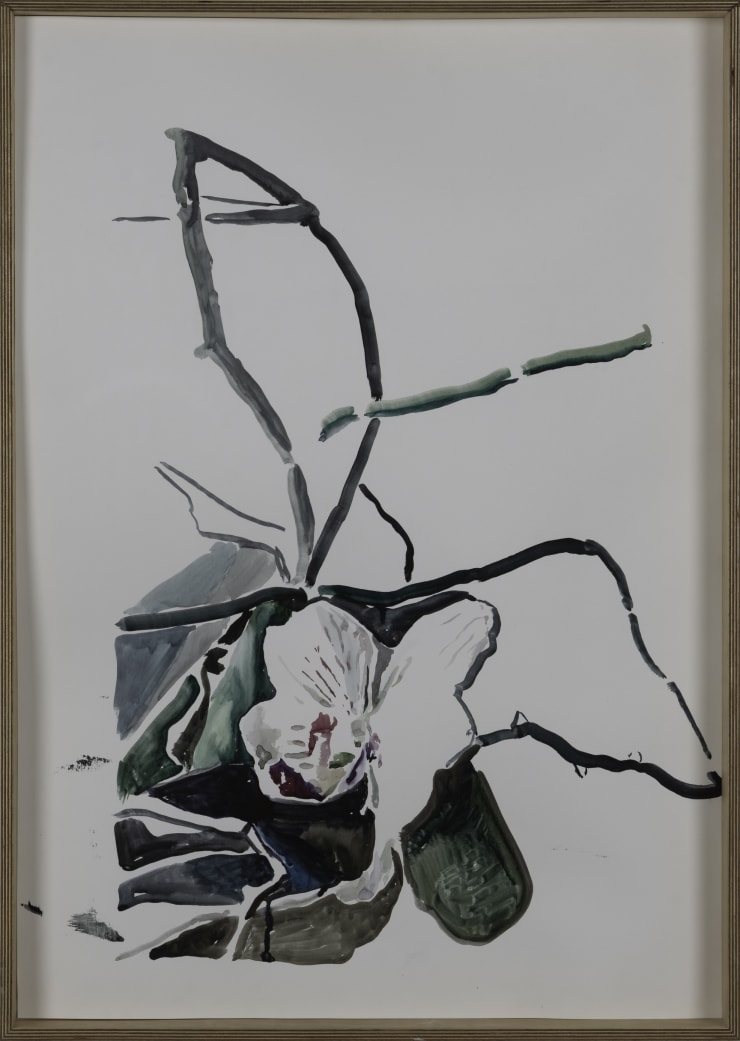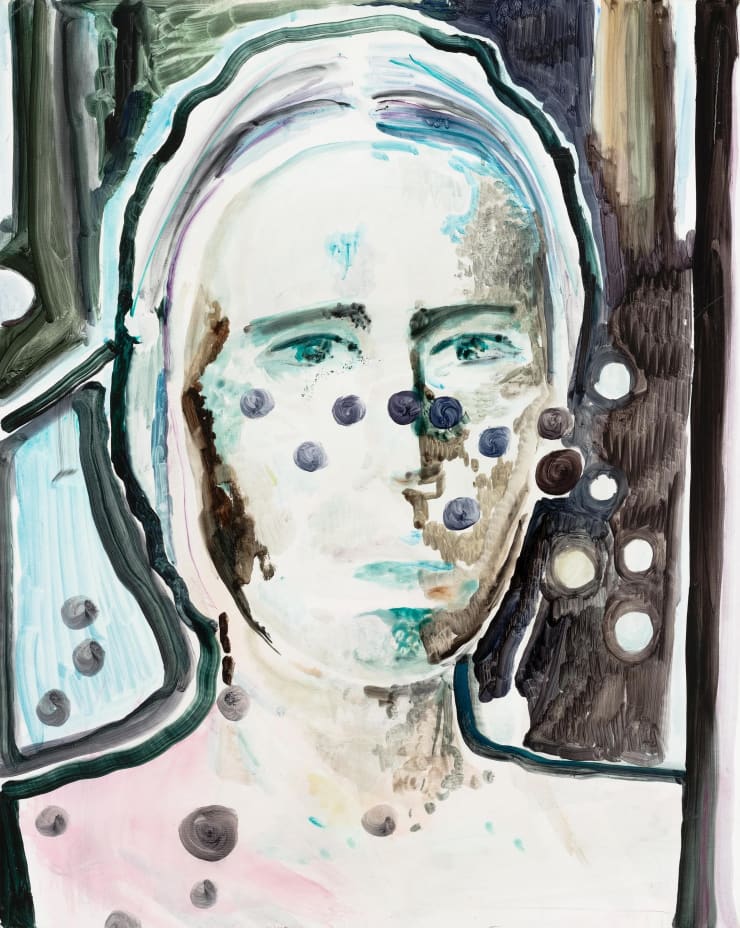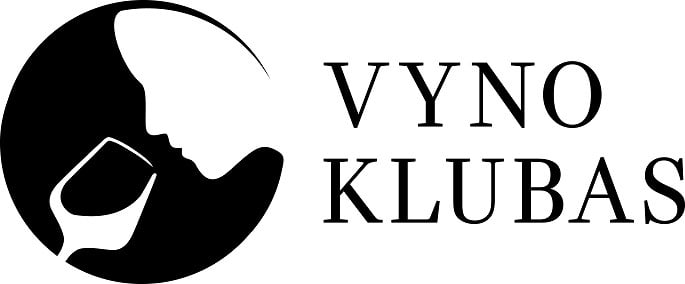DOPPELGÄNGER: Kristina Ališauskaitė
DOPPELGÄNGER
16 March – 2 April, 2022
Pop-up solo exhibition by Kristina Ališauskaitė
Opening on 16 March, 2022 at 6 p.m.-8 p.m. at Galerija VARTAI (enter the building from Klaipėdos g. 6).
How deep can a reflection sink into you? If it can possess you, why couldn’t it leave? Is this vision, which is but one of the many, a separate being? What schemes is it weaving and who does it answer to? How does one treat it? The paintings by Kristina Ališauskaitė done in the last few years are raising many complex questions firstly because, for her, an object painted on the canvas has never been planar and the image has never been simple or unisexual. It is a crossing point of multiple essential coordinates that seem to stimulate our vision and imagination, to bring chaos to our thoughts and to hypnotize us in its mysticism.
The painter seeks to make her way behind the reflection and to unmask it. Yet, it has been learning the strategies of fleeing for hundreds of years, resulting in us being but observers of this visual thriller brimming with suspense, hidden allusions and foreboding. At first glance, it might seem that the paintings are but a shard of a frozen moment in time; however, each time you stare at it, you feel as this thrifty fragment might be the key to a complex puzzle. You feel that you must look intensely and patiently at the swimsuit-clad waist of a woman paused in mid-motion, at the ornament you feel like you have just recalled or a face which will emerge clearly in but a moment.
Text by: Dr. Monika Krikštopaitytė
Patron: Renata and Rolandas Valiūnas
Gallery supported by: Vilnius City Municipality, Plieno Spektras, Meno Fondas, Vilma Dagilienė, Romas Kinka, Lietuvos Rytas, Ekskomisarų Biuras, Mailerlite.
DOPPELGÄNGER
16 March – 2 April, 2022
Pop-up solo exhibition by Kristina Ališauskaitė
Text by: Dr. Monika Krikštopaitytė
How deep can a reflection sink into you? If it can possess you, why couldn’t it leave? Is this vision, which is but one of the many, a separate being? What schemes is it weaving and who does it answer to? How does one treat it? The paintings by Kristina Ališauskaitė done in the last few years are raising many complex questions firstly because, for her, an object painted on the canvas has never been planar and the image has never been simple or unisexual. It is a crossing point of multiple essential coordinates that seem to stimulate our vision and imagination, to bring chaos to our thoughts and to hypnotize us in its mysticism.
The painter seeks to make her way behind the reflection and to unmask it. Yet, it has been learning the strategies of fleeing for hundreds of years, resulting in us being but observers of this visual thriller brimming with suspense, hidden allusions and foreboding. At first glance, it might seem that the paintings are but a shard of a frozen moment in time; however, each time you stare at it, you feel as this thrifty fragment might be the key to a complex puzzle. You feel that you must look intensely and patiently at the swimsuit-clad waist of a woman paused in mid-motion, at the ornament you feel like you have just recalled or a face which will emerge clearly in but a moment.
The momentary suspense in the canvas is stealing all the focus. It seems as if something is about to happen; no, wait, it already did, and you are praying for it to (not) happen. We do not see it but we always feel it. As the author claims, “in painting, scarcity is not a shortcoming, on the contrary, the emptiness becomes the key element, the state of incompleteness turns into a continuity that provokes premonition.”
The artist attempts to perceive the image by analyzing literature sources. She is interested in the representation of a doppelgänger. The artist finds the relevant characters in William Wilson (1839) by Edgar Allan Poe, Dorian Gray (1890) by Oscar Wilde, poetry by W. B. Yeats and other literature. The Doppelgänger is an exhibition that not only speaks about the problems of a mask, which has been relevant in art throughout the ages, but also observes the post Deleuzian status of the fluid identity which does not submit to an analysis and can only be partially expressed. The artist uses fictional reality and irrational ways of its cognition, going where the doppelgänger might make its appearance.
__________
Kristina Ališauskaitė (born in 1984) is a painter who gained popularity after winning several international competitions. In 2013, she won the Young Painter Prize and the Public Prize. She was among the top ten nominations of the Saatchi online Showdown Competition – Painted Faces. Kristina was also mentioned in the 100 Painters of Tomorrow, a book published by Thames & Hudson. In 2016, Kristina was the finalist in the prestigious Premio Arte Laguna competition and her pieces of art were presented in Venetian Arsenal. Many of her works were included in the Lewben Art Foundation, Akzo Nobel, and the Abu Dhabi Royal Family collections. The painter has been taking part in exhibitions since 2007 and has been on the spotlight of both Lithuanian and foreign art researchers. The Art Newspaper, Echo Gone Wrong, Mojeh, Art Maze Magazine and many other magazines have written articles about Kristina.
Text by: Dr. Monika Krikštopaitytė


















